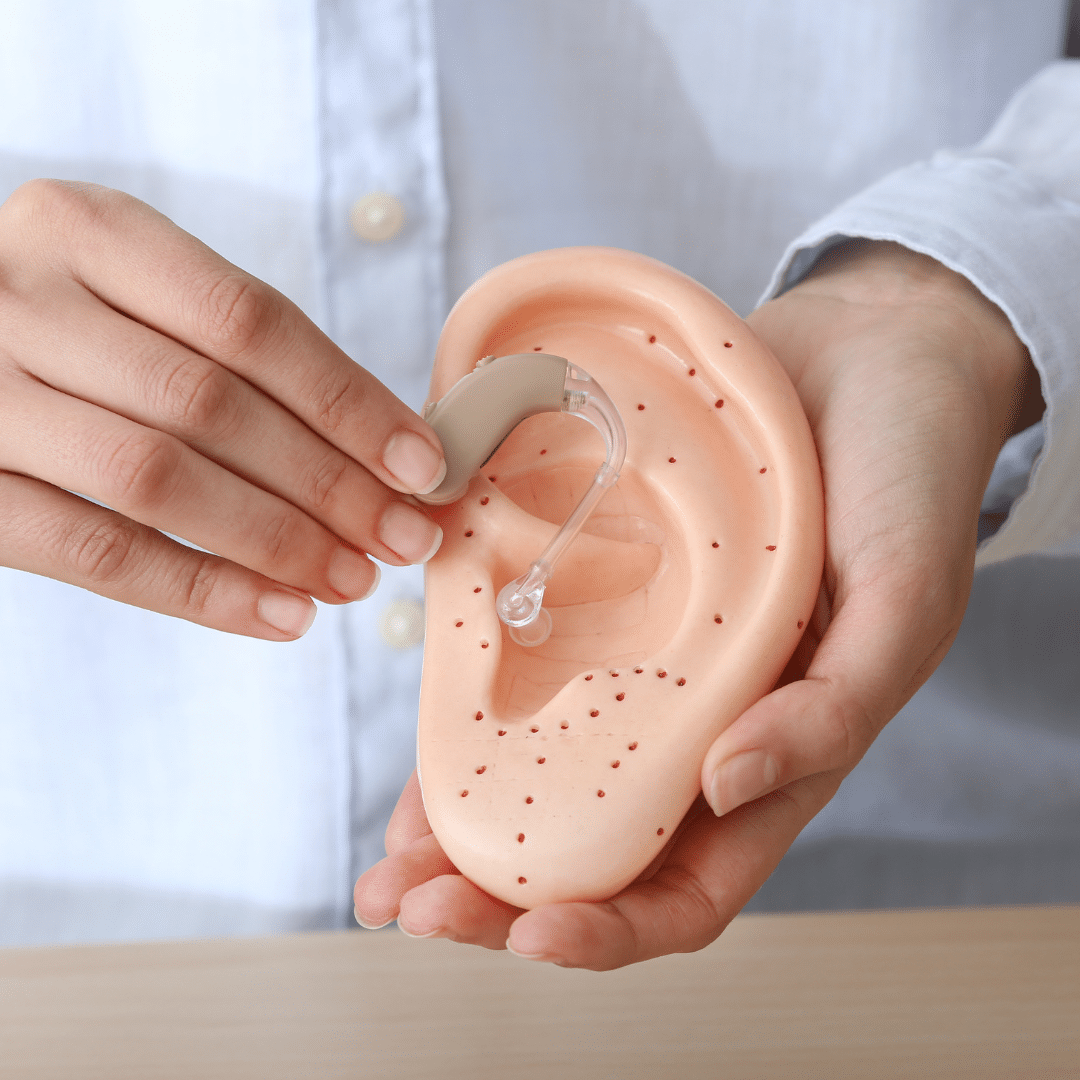Yoga is the perfect accompaniment to your daily Parkinson’s fitness routine.
Not only does yoga improve strength mobility, flexibility, balance, posture and gait, it also reduces stress and anxiety.
Yoga can be a bit intimidating, thanks to the gravity-defying, pretzel-like contortions you see on Instagram. But don’t assume this trendy form of fitness is limited to those who can do headstands or the splits.
Yoga involves slow stretching movements while taking long, deep breaths. It’s the world’s most relaxing workout. It’s perfect for people of all skill levels because it can be done standing, in a chair, on the floor or even in a pool.
Incorporating a daily yoga practice is especially beneficial for people living with Parkinson’s disease. Not only does yoga improve strength mobility, flexibility, balance, posture and gait, it reduces stress and anxiety. It even helps you sleep better at night so you can feel more productive throughout the day.
The many ways yoga helps Parkinson’s
People with Parkinson’s have a difficult time walking due to problems with balance and mobility. This often comes with a predisposed fear of falling. Yoga improves how people with PD walk, while cutting down their fear of toppling over.
Research published in the journal Evidence-based Complementary and Alternative Medicine concluded that yoga noticeably improved the balance and gait of people with Parkinson’s while reducing their risk of falling.
Standing yoga poses strengthen the hip extensor, knee extensor and ankle plantar flexor — all parts of the body that support center-of-mass during walking. Also, poses that boost hip, knee and mobility can lead to improvements in shuffling gait. Who knew that standing still in certain poses could drastically improve how we move around!
Stooped posture is another common symptom of PD due in part to weakened shoulder, hip and spine flexors that cause the body to hunch over. Performing certain yoga poses can improve shoulder, hip and spine flexibility. This in turn helps people with PD achieve a more upright posture.
Yoga is believed to improve strength, endurance, range of motion, hand coordination and cognition due to the brain hemisphere coordination required in some of the poses. Also, by taking slow, deep breaths in each pose, you’re loosening up stiff muscles, which helps combat rigidity, another common symptom of PD.
Countless research studies conducted over the years have proven that yoga and mindful meditation effectively reduce stress and anxiety in people who are living with chronic health conditions.
But unlike mindful meditation, yoga has the added benefit of providing group support or a sense of community while also boosting your confidence and prolonging your self-efficacy and independence.
Try adding 10 minutes of yoga to your day
There are many benefits to doing yoga right after you wake up. By moving in a way that feels good first thing in the morning, we’re waking up the body’s respiratory, circulatory, metabolic, digestive, nervous and immune systems.
Morning yoga enthusiasts often recommend setting an intention for the day before beginning a morning yoga practice. It can be anything from, “I am strong” or “I will persevere” to “I will eat more vegetables.” Then revisit the intention throughout the day as a way to keep the mind clear and focused on the present.
In a study conducted by the Yoga Biomedical Trust in London, 94 percent of participants saw a reduction in anxiety after performing yoga each morning, and 82 percent said it helped with their insomnia.
If morning yoga isn’t your thing, consider adding a bedtime yoga routine to your repertoire. Performing gentle yoga poses at night will signal your brain to tell your body that it’s time to go to sleep soon.
You’d be surprised by how much easier it is to fall asleep and stay asleep through the night after a soothing cup of tea and a relaxing bedtime yoga routine.
Poses that are perfect for Parkinson’s
Poses that focus on strengthening the core and posture, such utkatasana (chair pose), modified navasana (boat pose), or variations of salabhasana (locust), can aid in countering the rounding shoulders and forward-stooping head experienced by those with PD.
Uttasana (standing forward bend) helps elongate the middle and lower back while stretching the hamstrings. Because of its meditative nature, this pose may also help with stress and anxiety.
Gentle hamstring warm-ups (like apanasana, knees-to-chest pose, to supta padangusthasana, supine hand-to-big-toe pose) and lateral stretches (reaching through each side, like reclining crescent) help relieve stiff muscles in the morning.
Yoga is only challenging if you allow yourself to be challenged by it. Remember that your comfort and safety come first.
Don’t be afraid to try modified or seated variations of traditional yoga poses. You can use a wall or the back of a chair for balance and stabilization. Yoga props, such as bolsters, blocks and blankets, can also be used to help cushion stiffer areas of the body.
Ready to give yoga a try? In this exercise for Parkinson’s video, physical therapist and Parkinson’s fitness expert Jenny Wilhelm leads a gentle Pilates and yoga session to relax the body and increase flexibility. Namaste!



